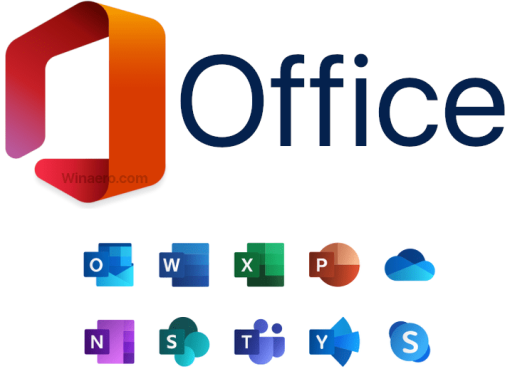Jamstack apps are the new wave in website development. The “stack” in Jamstack consists of JavaScript, APIs, and Markup. In the past, websites consisted of HTML and CSS-heavy code with a substantial backend connected to one reliable server.
Table of Contents
Why Make the Switch?
These days, websites are doing more and more than many people ever thought would be possible. Websites handle banking transactions, help people dig through thousands of pages of scientific research from the comfort of their desk, read maps online, and much more. All the interactive features of these websites are exciting. They provide many important resources in the world.
But websites now have a few practical issues that they didn’t have before. Namely, websites need to be bigger, better, faster, and contain more data. The emphasis on HTML and CSS can put severe limits on how fast, reliable, and secure a website can be. These practical difficulties tend to become more acute as websites grow in popularity.
Jamstack Will Usually Help Your Website Speed Up
Jamstack apps and websites are built with a decoupled server system. The traditional way to make these uses an information transfer system that begins with a setup that begins with the client and moves through the web server, then the app server. After that, the database and the content management system can be accessed. Using this system, information from the databases and content systems must travel back through the app server and then the web server before it reaches the client.
A decoupled content management system using Jamstack works more efficiently. The client is directly connected to both microservices and a content delivery network. This setup means that information has the potential to move more quickly. It also reduces loading delays because pages can be pre-rendered. Files, assets, and static pages are created in advance and are easy to access. Jamstack is considered by many to be the lightest development stack created so far.
Using Jamstack Is Usually More Secure and Cost-effective
Jamstack uses a content delivery network for file hosting. This type of file hosting can be significantly more secure for many applications. This type of file hosting means that the stack will operate using decoupled content management systems as well. According to Contentful, “Decoupling is the practice of maintaining a clear separation between services and systems used in your application. With Jamstack, front-end and back-end tooling is separate so maintenance and updating are easy. Jamstack also offers you the option to utilize trusted tools and frameworks, including headless CMSes/content platforms, search providers and media storage services, among others. This is where a content platform like Contentful comes in.”
Content delivery networks tend to be cheaper than servers, so many people save plenty of money using Jamstack for their apps and websites.
A Different Way of Building
Using Jamstack has many benefits, and it’s a light stack. You’ll have different methods of building as you deploy a Jamstack application. The frontend can operate off of any frontend JavaScript framework. Vue.js, Angular, React, or even vanilla JavaScript will get you started.





Comment here